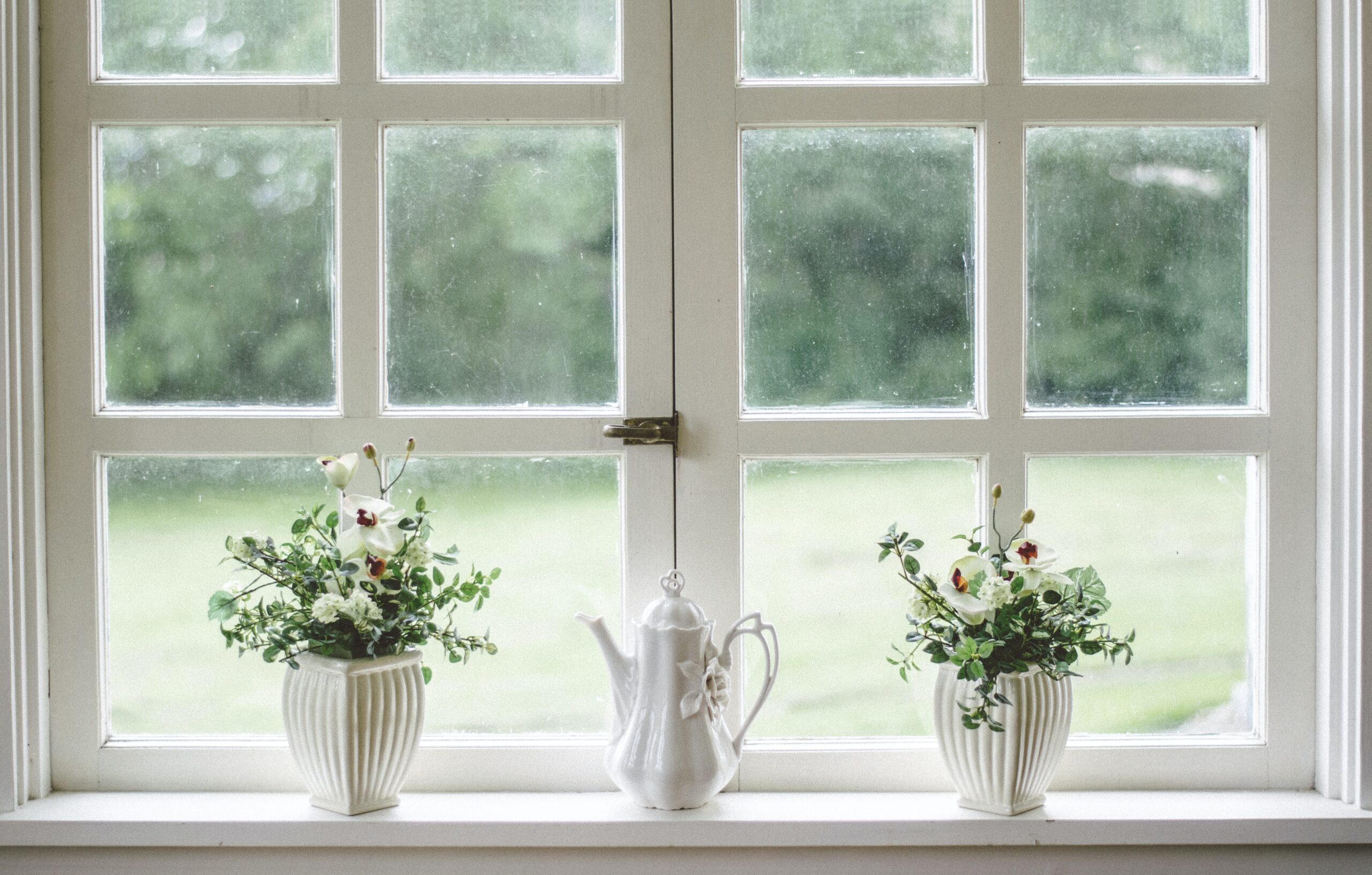What to Look for When Selecting Glass Windows for Your Home

The thermal performance and energy efficiency of homes largely depend on glass windows. With the right glass windows, you can instantly save money on heating and cooling bills. For optimizing energy consumption throughout your home, there are certain aspects of glass windows that you need to consider.
Here are some things to look for when selecting glass windows for your home:
1. Double or Tripple Glazed Windows
Energy-efficient homes are all the rave amongst homeowners and builders. In the past, homes were equipped with a single glaze of glass, but now double glazed glass windows are popular. Double glazing means two panes of glass separated by a spacer. Double glazing saves energy and gives a high return on investment.
On the contrary, triple glazed glass windows aren’t as popular as they don’t make much difference in energy-saving or cost reduction in power bills. But they are suitable if you live in a place with freezing winters.
2. Air or Gas Glass Filing
The glass panes are usually filled with a medium that’s either air or gas; this is called an insulated glass unit (IGU). Although the air was a good option initially, it was observed that as the air moved, it created warm and cold spots based on the temperature, which reduced the energy efficiency of homes.
Inert gases are more popular these days. Argon or krypton gas are two options, but argan gas is more budget-friendly for double glazed windows. Generally, krypton gas is only used between triple-glazed windows. Both gases are odorless and non-toxic, so they are entirely safe to use in homes.
3. Low Emittance Coating
Glass is mainly coated with a thin layer of metal that’s nearly invisible to the naked eye. This coating is, called low emittance coating, slows the rate of heat transfer through the glass. Based on the climatic conditions of your area, the coating may be a high solar gain or low solar gain.
The high solar gain coating is used in colder areas. The metal coating allows more solar heat into your home, ensuring your house stays warm even during harsh winters. This will help in reducing your heating bills.
On the other hand, low solar gain coating keeps away solar heat from your home, so it stays cooler. This coating is ideal for places with a hotter climate.
4. Tempered Glass
Regular glass breaks easily, creating sharp, dangerous shards when it does. But tempered glass is five times more potent than standard or untreated glass, and when it does break, it crumbles into small dull-edged pieces.
The great thing about tempered glass is that it also maintains an ideal temperature for homes to ensure homeowners stay comfortable throughout the day.
